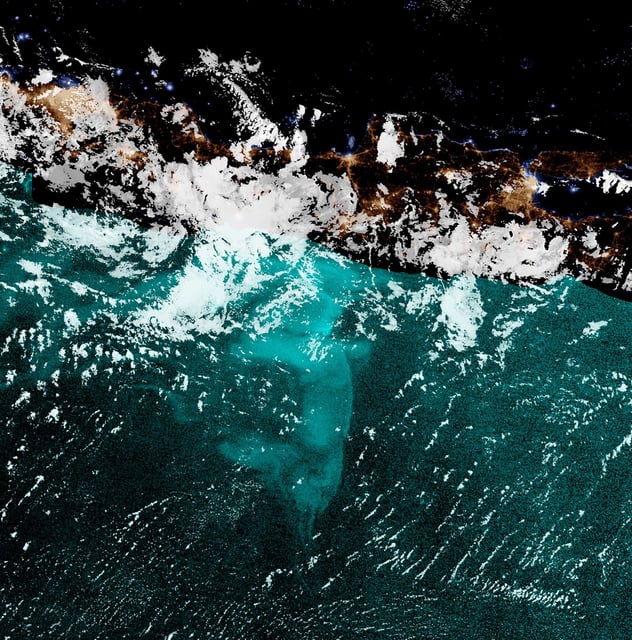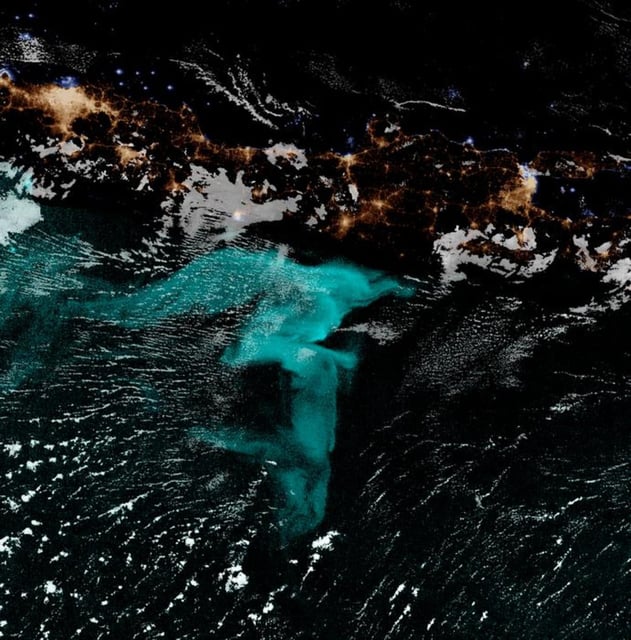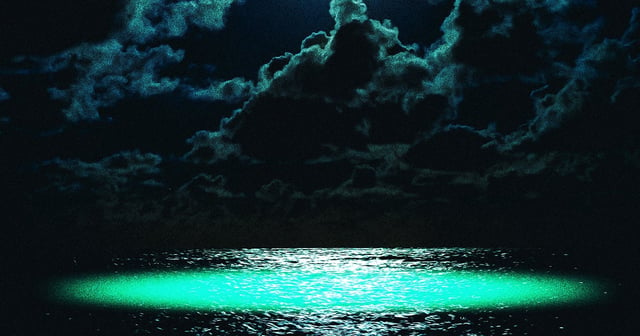Overview
- Colorado State University researchers have finalized a 400-year database of milky seas sightings, combining historical sailor accounts, journal records, and satellite imagery.
- Milky seas, a rare bioluminescent phenomenon, are believed to be caused by luminous bacteria interacting with algal blooms, though much remains unknown.
- The database reveals that milky seas are most frequently observed in the Arabian Sea and Southeast Asian waters, with potential links to climate patterns like the Indian Ocean Dipole and El Niño Southern Oscillation.
- This resource will enable targeted research expeditions to collect real-time biological and chemical data, a significant step beyond prior sporadic studies.
- Researchers aim to uncover the environmental and economic implications of milky seas, including their role in nutrient cycles, ecosystem health, and potential impacts on fisheries.



